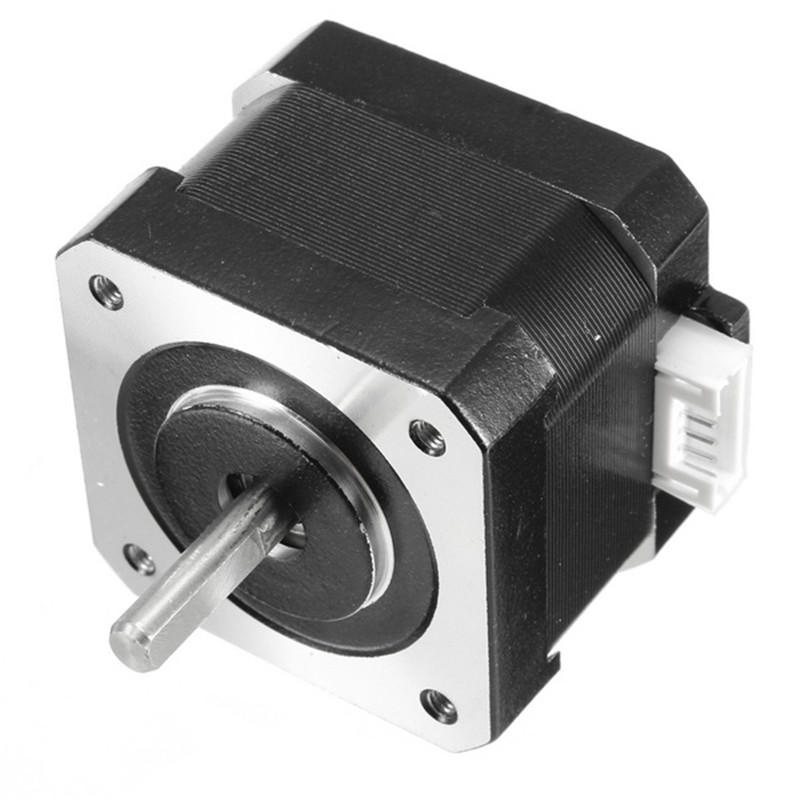Detailed knowledge of RenhotecIC stepping motor


Detailed knowledge of RenhotecIC stepping motor
As an executive component, stepping motor is one of the key products of mechatronics, which is widely used in various automatic control systems. With the development of microelectronics and computer technology, the demand for stepper motors is increasing day by day, which has been applied in various areas of the national economy. As an electric person, we should not only understand the stepping motor, but also deeply understand its structure, basic principle and application. Next, we will take you to fully understand the stepping motor from two aspects.
What is a stepping motor
Stepping motor is an electromechanical device that directly converts electrical pulse into mechanical movement. By controlling the sequence, frequency and quantity of electrical pulse applied on the motor coil, it can control the direction, speed and rotation angle of stepping motor. Without the help of the closed loop feedback control system with position induction, accurate position and speed control can be achieved by using the simple and low-cost open-loop control system composed of stepper motor and its matched driver.
Basic structure and working principle
working principle:
According to the external control pulse and direction signal, the stepper motor driver controls the winding of the stepper motor to be energized in the forward or reverse direction at a certain time sequence through its internal logic circuit to make the motor rotate in the forward/reverse direction or lock.
Take a 1.8 degree two-phase stepping motor as an example: when the two-phase windings are energized and excited, the motor output shaft will be stationary and locked in position. The maximum torque to keep the motor locked at rated current is the holding torque. If the current of one phase winding changes direction, the motor will rotate one step (1.8 degrees) in a given direction.
Similarly, if the current of another winding changes direction, the motor will rotate one step (1.8 degrees) in the opposite direction. When the current passing through the coil winding changes to excitation in sequence, the motor will realize continuous rotation step along the given direction, and the operation accuracy is very high. It takes 200 steps for a 1.8 degree two-phase stepping motor to rotate once.
Two phase stepping motor has two winding forms: bipolar and unipolar. There is only one winding coil on each phase of the bipolar motor. When the motor rotates continuously, the current will change to excitation in the same coil in turn. In the design of the drive circuit, eight electronic switches are required for sequential switching.
There are two winding coils with opposite polarity on each phase of unipolar motor. When the motor rotates continuously, only two winding coils on the same phase are energized and excited alternately. Only four electronic switches are needed in the design of the drive circuit. In the bipolar drive mode, because the winding coil of each phase is 100% excited, the output torque of the motor in the bipolar drive mode is about 40% higher than that in the uni polar drive mode.







Leave a Comment